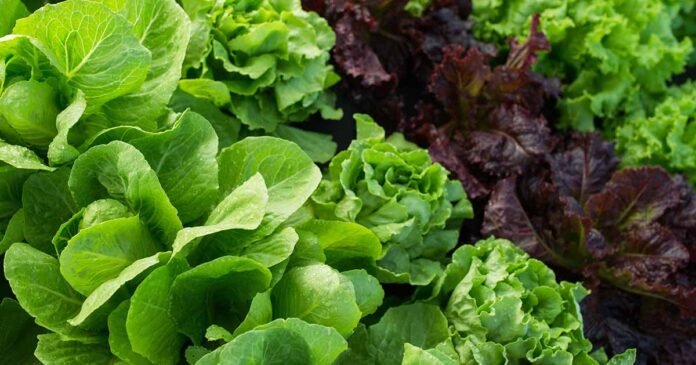In greenhouses, fans can further lower humidity and prevent prolonged leaf wetness.
Physical
If the disease is caught early and limited to the outer leaves, removing the symptomatic tissue can slow its spread. In some cases, this may be enough to salvage the crop.
However, leaf removal alone is not a cure. Combine it with preventative measures or organic treatments to reduce the chance of reinfection.
Biological
Treatment works best when you use it preventatively or on the first sign. Once the disease advances, your options are limited.
The following products are highly effective as preventatives, but won’t work so well if the disease is already established.
Always follow label directions, as manufacturers provide specific protocols for targeting this disease.
Streptomyces lydicus WYEC 108 is a naturally occurring bacterium that suppresses fungi and oomycetes.
It’s the active ingredient in products like Actinovate AG that can help stop downy mildew in its tracks.
You can find 18-ounce bags of Actinovate AG at Arbico Organics.
Another option is Bacillus subtilis strain QST 713. This beneficial bacterium colonizes plant surfaces and outcompetes pathogens without harming the host.
You can find it in products like Serenade ASO.
Serenade ASO is available at Arbico Organics.
Organic Fungicides
Like biological treatments, organic fungicides work best as preventatives. Once downy mildew is present, it’s much harder to stop or control, but that doesn’t mean you shouldn’t try.


If you see the disease on one plant, treat all of your lettuces, regardless of whether they’re symptomatic or not.
You can also alternate an organic herbicide with a biofungicide so long as you follow the manufacturer’s directions carefully.
Copper is a well-known fungicide that has been used for decades to suppress fungal and oomycete diseases.
It damages cell walls and causes the contents to leak out, killing the pathogen.
Monterey Liquid Copper Fungicide
You can find Monterey’s Liquid Copper available at Arbico Organics.
Sulfur is another tried-and-true option. Applied every two weeks, it can help suppress outbreaks alongside copper sprays.
You can find Bonide Sulfur Fungicide available from Arbico Organics.
Thyme oil contains thymol, which attacks the cell walls of pathogens, killing them. It’s effective at treating downy mildew if used at the first sign of trouble.
You can find Guarda, which harnesses thymol, available at Arbico Organics in two-and-a-half-gallon containers.
Potassium bicarbonate prevents and suppresses disease by disrupting fungal cell walls. It’s effective against downy mildew as well as powdery mildew, leaf spots, and botrytis.
Milstop SP is made using potassium bicarbonate and is available at Arbico Organics.
Citric acid acts both systemically and on plant surfaces. It can be applied repeatedly and provides protection against multiple diseases, including downy mildew.
Plus, you can spray it as often as needed. Look for products like Procidic, which contains citric acid.
Procidic is available at Arbico Organics in 32-ounce ready-to-use bottles, or 16-ounce and gallon concentrates.
In addition to these products, hydrogen dioxide is also an effective treatment option, often used in rotation with other products.
Chemical Control
For home gardeners, there are no chemical fungicides that consistently outperform the organic options listed above.
Stick with those recommended above and be sure to rotate through a few different ones to prevent the oomycetes from developing resistance.
Out, Damn Spot!
Downy mildew is distressingly common and frustratingly resilient. I hope you never have to deal with it, but don’t despair if you do.
Even the most experienced growers encounter it from time to time.


What kind of symptoms are you seeing? Are you having trouble identifying what you’re dealing with? Hit us up in the comments section below and we’ll see how we can help.
And for more information about common lettuce problems, have a read of these guides next:









